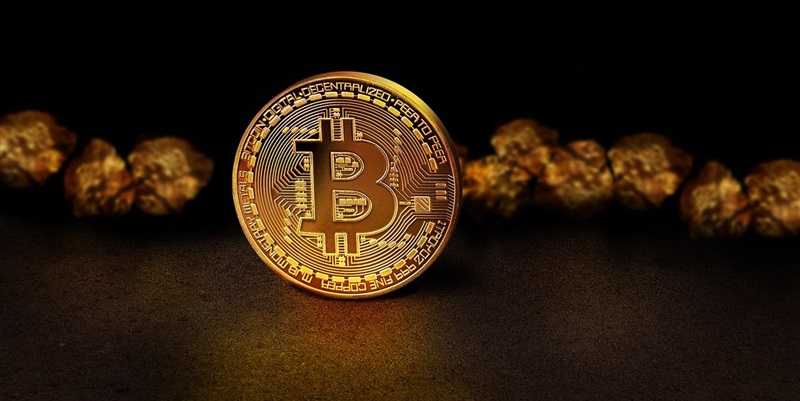Gold, with its reputation as a safe-haven asset, has been the go-to for investors seeking stability and protection against inflation throughout history. Its tangible nature and record of consistent value present a compelling argument for those wary of market volatility. On the other hand, the advent of Bitcoin offers a stark contrast with its promise of high returns, albeit coupled with significant price fluctuations. The investment community is at a crossroads, determining whether Bitcoin’s high-risk, high-reward profile is enough to overshadow gold’s proven record of reliability.
Prominent voices, such as author Robert Kiyosaki, lean towards Bitcoin, endorsing its impressive performance in recent years. Others remain hesitant, questioning Bitcoin’s ability to maintain its value over the long term.
Investor Preferences and Market Movements
Market trends tell a nuanced story, with evidence suggesting that investors are not necessarily choosing between gold and Bitcoin, but rather, are incorporating both into their portfolios for different strategic purposes. According to JPMorgan Chase & Co’s analysis, we aren’t witnessing a mass migration from gold investments to Bitcoin; instead, there’s notable growth in the investment pools of both assets.
Esteemed financial figures are yet to reach a consensus. Jim Cramer has expressed a preference for gold’s time-tested stability, while cryptocurrency advocates like Mike Novogratz anticipate Bitcoin surpassing gold, especially with the increasing availability of Bitcoin ETFs, which simplify participation in the cryptocurrency market. Investors are faced with a complex decision-making landscape, suggesting that a balanced investment strategy featuring both gold and Bitcoin may be the prudent path forward.

